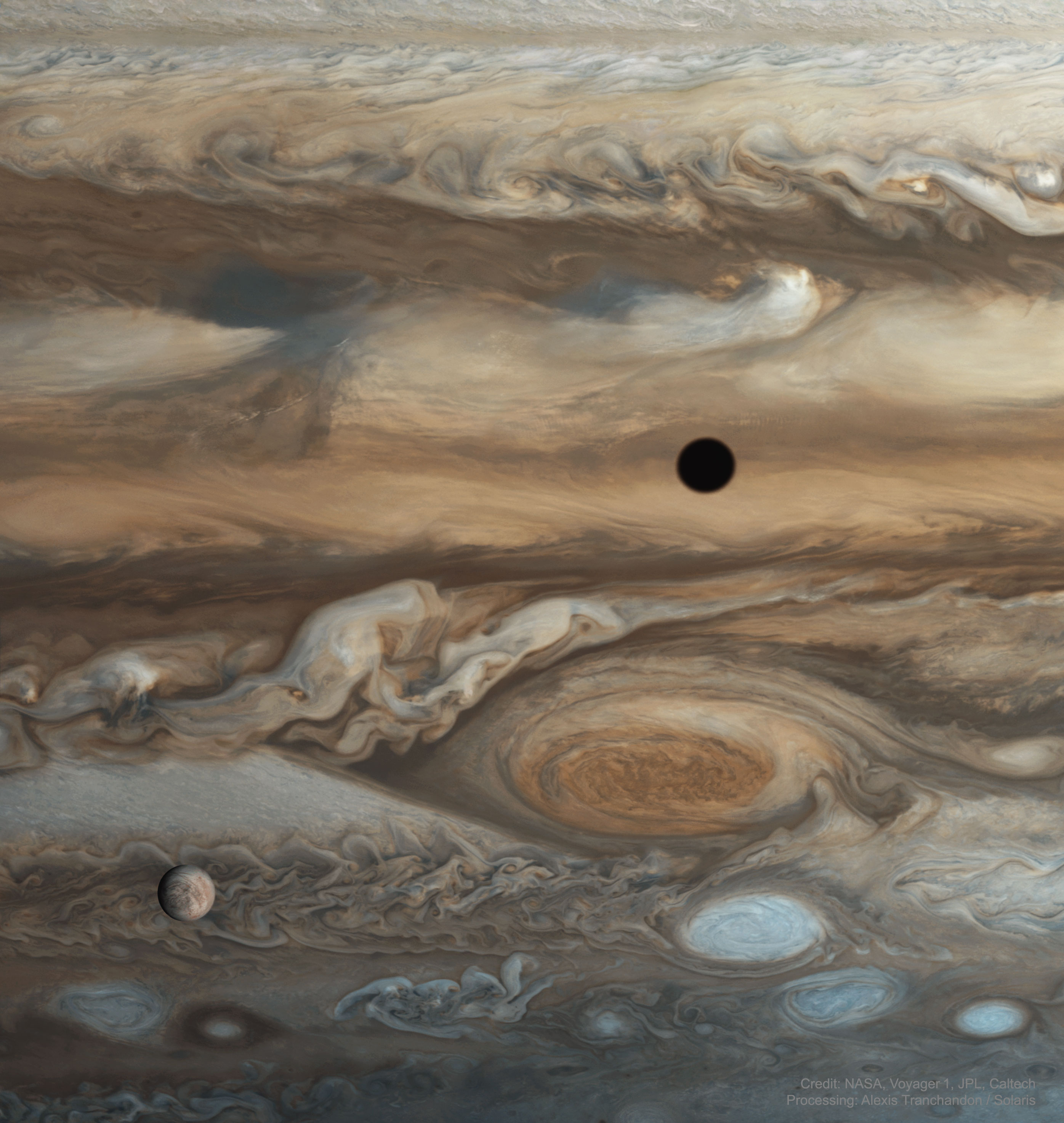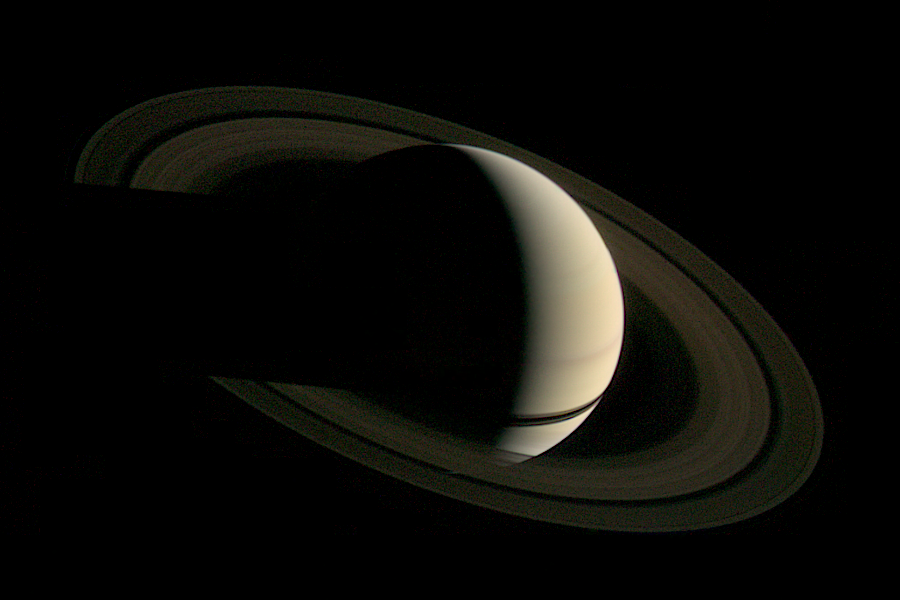My favourite documentary. The part that it took years to get messages from Voyager from thousands of miles away and decades to follow fills me with wonder and awe. These scientists created a child and followed it until they had to say goodbye.
Click here for a 3D interactive view of the Voyager and all it’s parts.
1977 scientists embarked on the most audacious space mission. Sending voyager into space and beyond our solar system.
They calculated positions of Jupiter, Saturn, Uranus and Neptune so they could use the gravity of the planets to slingshot Voyager further. Even though realistically they calculated only 2 planets they factored the next two. They planned a mission in a mission.
They put a message in a golden record on it. Pictures, songs, speeches and diagrams of male and female forms. Carl Sagan has a major part in this. It was played at half speed so 1.5 hours to music and half an hour to messages. It had a location of Earth in the solar systems in terms of pulsars. They had to finish the record in 6 weeks, including music from all over the world, messages from people of different languages. About 100 pictures were added to. From nature to humans. They were criticised for sending ‘smut’ to space because of drawings of naked bodies.
Two spacecraft would be built for this mission. 800 kg, 20 feet diameter antenna. Various arms, one with a plutonium power supply, one with a camera as the eye, one with a satellite as the ear. All these outward limbs needed to be folded up during the launch. Even though Voyager II was launched first, Voyager one moved faster than II so while Voyager II was getting close to it’s first encounter with Jupiter, Voyager I was 4 months behind.
Amazon #ads

💌 Monthly email summary of all my posts!
☕ Buy me a Coffee ▶️ YouTube 👍 Facebook
👕 My Merch (I can create custom designs for you too)
🎥 Filming Equipment
The launch was so shaky that Voyager II thought it was in trouble and kept changing its configuration as defence and improvisation. It didn’t want to follow the instructions from the engineers. The person who wrote the code calmed everyone down with explanations of what was happening.

Voyager I’s launch had a leak in the propellant line so it ran out of fuel in one of the stages. All it took was 3.5 seconds of fuel and it somehow made it.
The first leg was about 400 million miles to Jupiter. After 2 years they finally get the first footage of Jupiter. A little dot just getting bigger and bigger, moons appear, shadows of the moons on Jupiter. Every 48 seconds a new image comes through. They take black and white pictures to get better resolution and then they colour the images on earth with filters. The famous spot on Jupiter is a violent storm that has been happening for over 300 years.

An ad-hoc team was formed to counter electromagnetic radiation from Jupiter. They used unusual methods. They bought aluminium foil, rubbing it with alcohol, etc.
The right kind of ears hear different things. The antenna’s heard whistlers which means lightening. The first detection of lightning on another planet.
Pictures of the moons started coming through. Iceballs hammered with impact craters. The inner 2 moons didn’t have these craters. Europa has plates of ice moving relative to each other. Io had some bumps discovered on it. An enormous object emerged from the image of Io. An umbrella-shaped plume rising kilometres above Io. The first instance of an active volcano. Its volcanos can shoot lava 200 miles above.
They found out Jupiter has a ring-like Saturn.
If you look at the sky through a straw. That little space has billions of galaxies. So finding life in space is like needles in space haystacks. If galaxies collide, almost no stars will collide into another star.
Even though the spacecraft travel at 10 miles per second (!!!) it still takes decades and decades to get to the outer solar system.
In the fall of 1980 Voyager got its first views of Saturn. The rings are billions of icy particles bigger than our house. Both spacecraft were programmed to do the same mission at Saturn which was Titan. By now Voyager II was 9 months behind. There was a lot of pressure for Voyager I. Luckily the radio signal passed through the moon (Titan) which gave the measure of the pressure and temperature of the surface. It suggested liquid methane.

Voyager I finished it’s mission while Voyager II headed to Uranus. At some point, it had to go behind the planet which means no contact. When it popped over the other side it started transmitting error signals. Instruments added on the platform are – wide-angle camera, narrow-angle camera, infrared instrument, ultraviolet instrument and the photopolarimeter. It was the darkest day of the whole mission. The scan platform has frozen. They could make the platform move slow to really fast so they kept moving is back and forth until the lubrication got into the gears. The shadow of Saturn on the rings was crazy!
The engineers threw out the rule book after Saturn as they need to keep taking pictures wherever it went.
Voyager was the first programmable spacecraft sent to space. They could give it a whole new set of software. They make the spacecraft pirouette like a ballerina.
January 1986… Uranus! Because it’s tilted to its side you see it as a bullseye with its ring. These people saw a point of light become a world. Uranus’ pole is on the equator. Scientists days Uranus was not photogenic, it was pretty blah, poor Uranus. The gravity assist on Uranus was pretty close to its moon Miranda. Which ended up being way more interesting, a jumbled up mess. Like it was ripped to pieces and shoved backed again. Enormous cliffs and gashes. Cliffs 10 Km tall. They discovered 2 new rings and 10 tiny moons.

Challenger mission blew up.
Summer 1989… Neptune! Another 3.5 years to get to Neptune. When they launched they didn’t have the capabilities to get data from Neptune. But in those years they built antennas on Earth that could get the data. The journey was 20 years shorter than thought. The ice giant. A giant dark spot was called the great dark spot. They made a forecast to point the cameras in the right direction on the last day. The reflectivity of the rings of Neptune was very hard as they were twice as dark and soot. They wanted a close flyby of Triton (moon). They had to hit the sweet spot exactly right but they didn’t know about the atmosphere of Neptune. Skimming over blue clouds and seeing Triton rise in the horizon. 2 dark streaks on Triton were not aligning. So they put it in the stereo viewer of red and blue. They had plumes of black geysers going kilometres high. Hints of liquid water under an icy crust.

The countdown to Neptune finished and now it was getting emotional for everyone. People realised that it was the end of this journey. Carl Sagan suggested turning the camera back towards the sun and Earth and take a final picture. There was opposition because there was no science in it. Voyager took Valentine’s day 1990 snapshots looking back at each other the planets. A tiny spec in a ray of light was Earth. Carl turned a picture of it into an allegory.
The 2 Voyagers still communicate with Earth nearly every day. Huge antenna capture data detect faint signals less than 1/trillionth of a watt.
August 2012… Voyager leaves our bubble (our solar system). It’s now in interstellar space. Somewhere past Neptune is where the heliopause (suns bubble) ends. When it’s power sources go dead and it reaches a point that it can’t communicate… the golden records exist.
Bonus: Voyager 2 has lost track of Earth. Only one antenna in the world can help it ‘phone home’
Amazon #ads

💌 Monthly email summary of all my posts!
☕ Buy me a Coffee ▶️ YouTube 👍 Facebook
👕 My Merch (I can create custom designs for you too)
🎥 Filming Equipment




